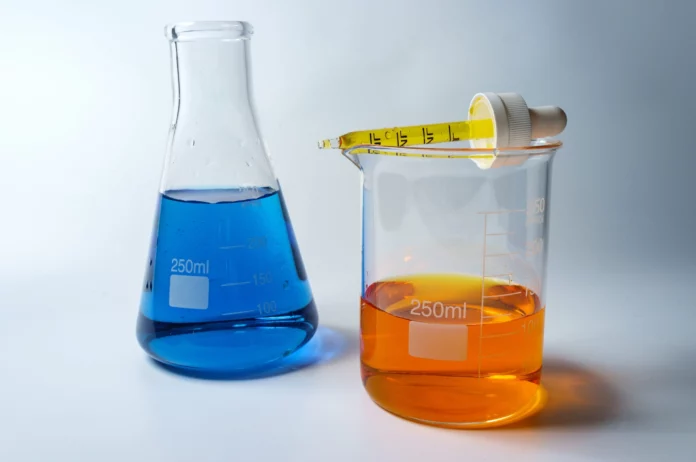Introduction:
Volume is a fundamental concept in science that plays a crucial role in understanding the physical properties of objects and substances. In scientific terms, volume refers to the amount of space occupied by an object or a substance. Measurement of volume is essential in various scientific fields, including chemistry, physics, and biology. This article aims to provide a comprehensive understanding of volume in science, including its definition, measurement techniques, relationship with density, applications in different disciplines, and its relevance in real-world contexts.
Understanding Volume:
Volume, in scientific terms, refers to the measure of three-dimensional space occupied by an object or substance. It is a quantitative property that helps us understand the spatial extent of an entity. Volume is closely related to space, as it describes how much space an object or substance occupies. In scientific measurements, volume is typically expressed in cubic units, such as cubic centimeters (cm³) or cubic meters (m³).
The Concept of Displacement:
One method of measuring volume is through the concept of displacement. This approach is based on Archimedes’ Principle, which states that when an object is immersed in a fluid, it displaces an amount of fluid equal to its own volume. By measuring the volume of fluid displaced, we can determine the volume of the object. Displacement is particularly useful for irregularly shaped objects or substances.
Measuring Volume of Regular Shapes:
For regular shapes like cubes, rectangular prisms, cylinders, cones, and spheres, there are specific formulas to calculate their volumes. The volume of a cube or rectangular prism can be determined by multiplying the length, width, and height. Cylinders and cones have volume formulas that involve the base area and height. The volume of a sphere can be calculated using the formula that relates it to its radius or diameter.
Measuring Volume of Irregular Shapes:
Determining the volume of irregular shapes can be more challenging. The water displacement method is often used, where the object is submerged in a known volume of water, and the increase in water level corresponds to the volume of the object. Graduated cylinders and beakers are commonly employed for this purpose. Additionally, other techniques such as geometric approximation or computer-assisted imaging may be used to measure irregular volume with greater precision.
Volume and Density:
Volume and density are interconnected properties. Density is defined as the mass of a substance per unit volume. By knowing the volume and mass of a substance, its density can be calculated. The relationship between volume and density is important in understanding the physical characteristics and behavior of materials, such as their buoyancy, solubility, and compressibility.
Applications of Volume in Science:
The concept of volume finds wide applications in various scientific disciplines. In chemistry, volume measurements are crucial for determining the concentrations of solutions and performing chemical reactions. In biology, volume is significant in understanding cellular structures and functions, including cell volume regulation. In physics, volume plays a vital role in fluid mechanics, where the movement and properties of fluids are studied.
Volume in Real-world Contexts:
Volume measurement extends beyond scientific laboratories and finds practical applications in everyday life. In construction and architecture, volume calculations are essential for determining materials needed and designing structures. In cooking and recipes, volume measurements are used for accurate ingredient proportions. Packaging and storage also rely on volume measurements to ensure proper containment and utilization of space.
Advanced Concepts in Volume:
Advanced concepts in volume go beyond simple shapes and introduce more complex calculations. For three-dimensional shapes with irregular geometries, calculating volume may involve integration techniques from calculus. Volumetric analysis and titration techniques in chemistry rely on precise volume measurements to determine the concentration of solutions. These advanced concepts demonstrate the versatility and depth of volume as a scientific concept.
Conclusion:
Volume is a fundamental concept in science that helps us understand the spatial extent of objects and substances. It is measured using various techniques, including displacement, formulas for regular shapes, and approximation methods for irregular shapes. Volume plays a crucial role in various scientific fields, including chemistry, physics, and biology, and finds practical applications in real-world contexts such as construction, cooking, and packaging. Understanding volume enhances our comprehension of physical properties, facilitates accurate measurements, and contributes to advancements in scientific knowledge.


